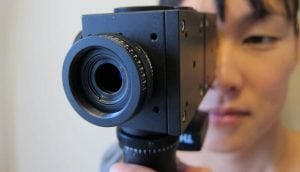
Agriculture
November 9, 2023
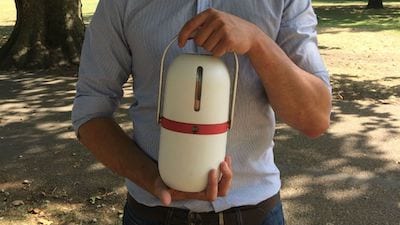
Updated on November 9, 2023
·Created on September 26, 2019
Isobar is a portable refrigerator, designed to keep vaccines at the ideal temperature for places where electricity and other facilities are scarce.
Isobar is designed to keep vaccines at the ideal temperature for places where electricity and other facilities are scarce, it works on the principal of Einstein refrigeration system developed in 1906. The system uses ammonia as the refrigerant and 2-phase refrigeration brings the cooling effect. The device uses a propane burner or electric heater to separate the vapors of ammonia and water to bring the cooling effect. Isobar uses an automatic valve which helps in evaporation of Ammonia into the original chamber and gives a powerful cooling effect. Isobar maintains stable temperature control (2-8 ˚C) up to 30-days. The product is in the prototyping and development phase.
Target Users (Target Impact Group)
Distributors / Implementing Organizations
Manufacturing/Building Method
This product is in the prototyping phase and not yet manufactured at scale. The development is supported by the University of Luxembourg.
Intellectural Property Type
Open Source
User Provision Model
The product is in the prototyping phase, the designer can be contacted through their website.
Distributions to Date Status
Unknown
Design Specifications
Isobar is based on Einstein cooling technique or absorption refrigeration system which uses ammonia and water as refrigerants. The device turns ammonia into vapors which are then passed through a small orifice using an automatic control valve that brings the cooling effect. The device is designed to carry a specified load carriage for rural trips. The device is capable of delivering 8 kg of load in a 1.6 L unit that is capable of delivering dosages in rural areas. It can be sustainably recharged in an hour using a 900 W heating element for day-to-day use and a propane burner that can be recharged on-the-go in case of emergency for up to 30-days. The device meets the international standards for temperature safe vaccine distribution which if not followed leads to vaccine freezing and potency. Isobar maintains stable temperature control (2-8 ?C) up to 30-days.
Technical Support
None
Replacement Components
Replaceable components include the propane canister and ammonia as the refrigerant.
Lifecycle
The device can be charged in an hour using a 900 W heating element for day-to-day use and a propane burner that can be recharged on-the-go in case of emergency for up to 30-days.
Manufacturer Specified Performance Parameters
Designer specified performance targets include: designed for remote locations, lightweight, durable, portable, and low-cost solution to provide vaccines in rural areas.
Vetted Performance Status
Unknown, the device was built and tested to develop the mechanical proof of the principal unit.
Safety
The design of the device permits the use of chemical-based refrigeration but the potential hazards related to the operation of this product include accidental leakage of ammonia and propane.
Complementary Technical Systems
A reliable power source of 900 W or a propane canister as the heating source is required to charge this product.
Academic Research and References
Li, T.X., Wang, R.Z., Yan, T. and Ishugah, T.F., 2014, Integrated energy storage and energy upgrade, combined cooling and heating supply, and waste heat recovery with solid–gas thermochemical sorption heat transformer, International Journal of Heat and Mass Transfer, 76, pp. 237-246.
Aydin, D., Casey, S.P. and Riffat, S., 2015, The latest advancements on thermochemical heat storage systems, Renewable and Sustainable Energy Reviews, 41, pp. 356-367.
Mejbri, K., Ezzine, N.B., Guizani, Y. and Bellagi, A., 2006, Discussion of the feasibility of the Einstein refrigeration cycle, International Journal of Refrigeration, 29(1), pp. 60-70.
Compliance with regulations
Unknown
Other Information
McKinsey Venture Academy 2nd place winner

Agriculture
November 9, 2023
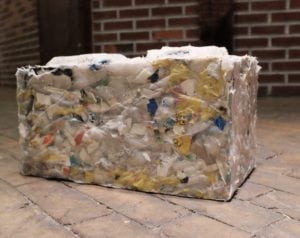
Agriculture
November 9, 2023

Agriculture
November 9, 2023
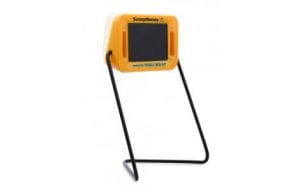
Agriculture
November 9, 2023
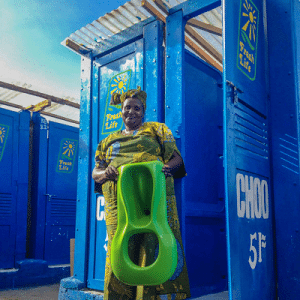
Agriculture
November 9, 2023
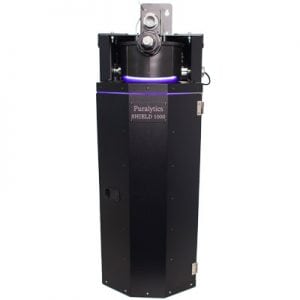
Agriculture
November 9, 2023
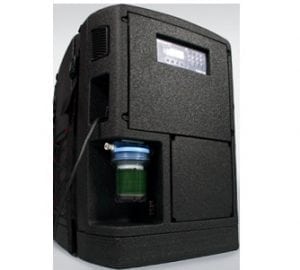
Agriculture
November 9, 2023
Implemented by
DEKA Research & Development
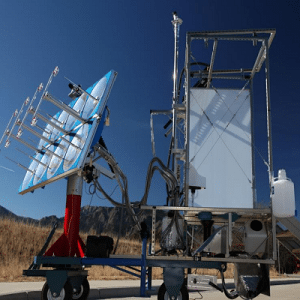
Agriculture
November 9, 2023

Agriculture
November 9, 2023

Agriculture
November 9, 2023
Have thoughts on how we can improve?
Give Us Feedback